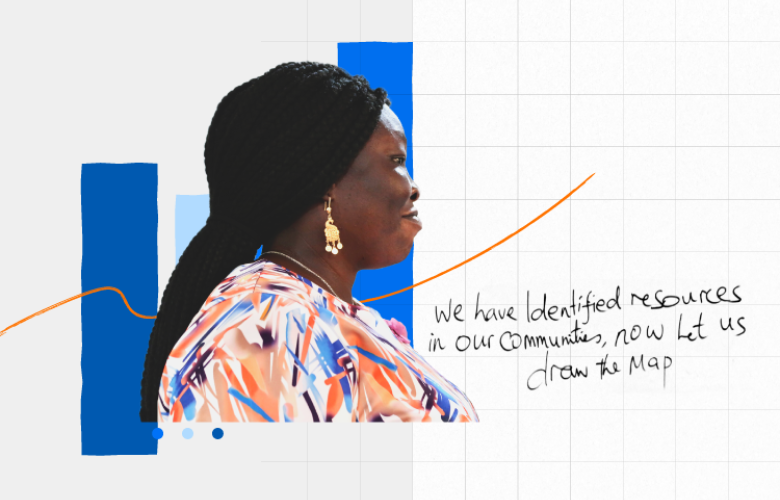
During a recent visit to South Sudan, I spent time with local organizations talking about the status of women and girls. UN Women reports that 51.5% of South Sudanese girls are married before age 18, while only 4% of women have their family planning needs met with modern methods, and the adolescent birth rate continues to rise.1 South Sudan also has the world’s highest maternal mortality rate. Meanwhile, the World Health Organization reports that 47.5% of South Sudanese women will experience physical or sexual violence in their lifetimes.2
The organizations I met with helped me understand the challenges girls and young women face, the opportunities they need, and the supports critical for them to achieve safer, healthier, more hopeful futures. I’ll be honest: what I learned about the lives of South Sudanese girls was more challenging than most places I’ve worked in the past two decades. The lack of opportunities and degree of violence and marginalization they experience is difficult to comprehend.
As development workers, many of us grapple with feelings of powerlessness to effect meaningful change. Big challenges such as how to shift behaviors, change entrenched norms, and transform opportunities for girls can feel insurmountable. Gains feel tenuous in places where political, security, and social dynamics shift quickly and often. Conversations about factors affecting program design and implementation can feel overwhelming, even while being a source of hope. I remind myself that all changes make a difference, and small gains matter hugely to the people who benefit—even if culture, political will, and national systems have a long way to go.
The USAID Youth Empowerment Activity, implemented by EDC in South Sudan, is prepared to make this kind of difference. Using EDC’s Foundations of Health curriculum, we’re integrating robust health education into work readiness training for out-of-school youth. This work benefits everyone, but especially adolescent girls and young women. Participants learn about sexual and reproductive health, HIV prevention, substance misuse, and mental health. They learn to have difficult conversations about safe sex, how to manage stress and anger, and to consider what healthy, safe relationships look like. They build skills and confidence to seek out and use family planning. Through work readiness and entrepreneurship training, they gain critical skills to earn a livelihood and delay marriage and childbirth. Within four years, we will reach 25,000 youth with this integrated programming.
We’re taking a similar approach in Liberia. Through USAID Youth Advance, EDC is providing the same locally adapted and integrated health and workforce training to an estimated 21,000 Liberian youth.
The contexts and challenges in countries such as South Sudan and Liberia are undeniably complex. But EDC is committed to learning what works best for strengthening positive outcomes for adolescent girls and young women. Our hypothesis is that the foundational skills and positive future outlook that comes from integrated work readiness and health training will improve health behaviors and well-being. To test this, we’re designing shared indicators across programs, conducting focus groups and surveys, and finding ways to aggregate lessons learned for effective approaches across countries.
Gender equality is a long-term investment. And while it isn’t easy to change a country, we can start by changing lives—one step at a time.
| Alisha Keirstead is the director of EDC’s global health team, working in the areas of HIV, orphans and vulnerable children, adolescent health, and health promotion programming. |
1UN Women. (n.d.). Women count: South Sudan, Africa. https://data.unwomen.org/country/south-sudan
2UNFPA. (2023, March 24). South Sudan ranks second in GBV prevalence rate in East Africa – A new study indicates. https://southsudan.unfpa.org/en/news/south-sudan-ranks-second-gbv-prevalence-rate-east-africa-%E2%80%93-new-study-indicates.

Add new comment